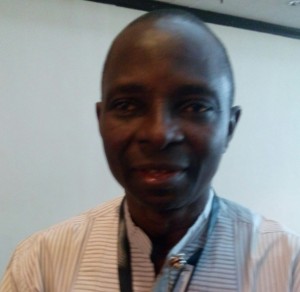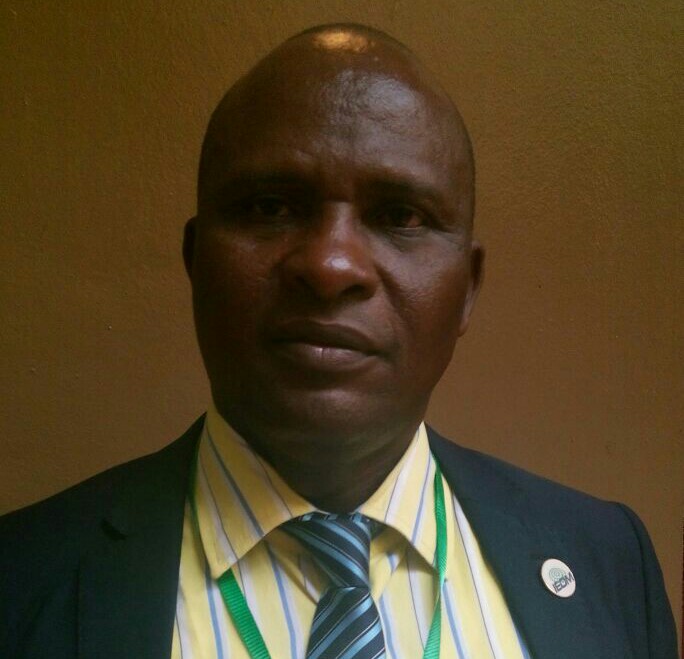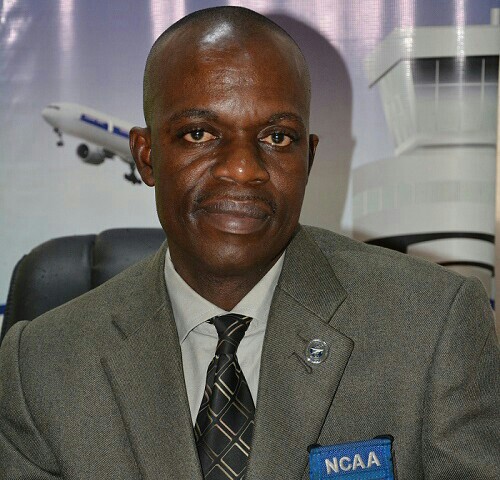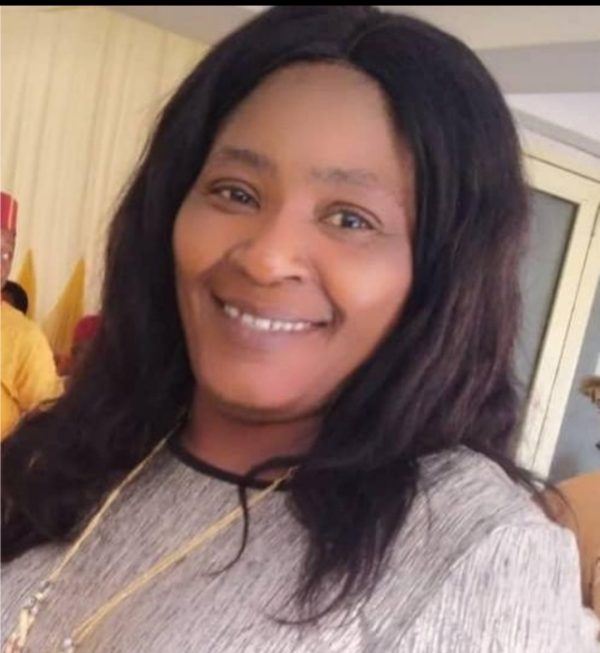Why Eastern Ports Have More Potentials Than Lagos Ports – Epiah

By Kenneth Jukpor
Mr. Sam Epiah is the Managing Director of Cloverleaf Shipping Limited, a shipping agency and logistics support services company. He is also a member of the Board of Trustees (BOT) of Bayelsa and River States Shippers Association. In this interview with MMS Plus newspaper, he speaks on a wide range of issues affecting shipping and port operations at the Eastern ports. Epiah highlights the potentials as well as the limiting factors affecting the ports in the Eastern region. Read on!
Recently one of the largest vessels to visit Nigeria called at the Onne port; looking at this development do you think it is sustainable and how have imports and exports fared in the Eastern region?
Well, there has been a gradual increase in activities over the years. With the help of the Federal Government, vessels have been encouraged to visit the Eastern ports especially Onne and Port Harcourt ports. However, the Eastern ports also include Warri, Calabar and Koko ports that are still operating on the low end; while Onne and Port Harcourt ports are gradually increasing activities better than what they were five years ago.
Going forward, there are still challenges that need to be looked into, even as we are talking about sustaining the tempo or increasing it. It is obvious that the Eastern ports have the capacity to handle much more activities than they are currently handling. From the cargo traffic of this area up to the Northern part of the country, look at the distance from Port Harcourt to Kano and measuring the same to Lagos it is quite shorter from the east to north.
Nevertheless, there are numerous challenges why the cargo traffic has been difficult to increase in the past, ranging from government agencies at the ports, politics, facilities to provide the services and also infrastructure issues such as the roads and the absence of crucial modes of transport like railway. These are the challenges we have in the Eastern region. The government would have to address these problems in order to sustain the tempo we are having now, with regards to the large vessel that called at Onne port.
When convincing your clients to use the Eastern ports, what has been the biggest challenge and how are you able to convince them to patronize Eastern ports instead of Lagos ports?
One of the selling points is that I make them realize that it is shorter to their destination which includes the Onitsha market, other Eastern states or the North. For instance, imagine someone in Onitsha having to import his cargoes through Lagos. Look at the long distance he or she would need to convey the cargoes to Onitsha from Lagos using trucks. Despite the bad roads, it would take less than four hours to convey the goods from Port Harcourt to Onitsha. When you compare it with the goods coming from Lagos, Lagos cargoes would spend upto 12 hours before arriving Onitsha.
Onne port recently received the biggest vessel in the country, so the port has the capability to carry up to 10,000 containers. The terminals there are established enough to handle activities, even though there is still a deficit in equipment. For instance, as an importer, you book for your cargo examination today and terminal operators will give their own convenient date usually two or more days. So, who will pay for those extra days that the cargo incurred storage charges?
Customs and the importer will be willing to perform examinations on a particular day, but the terminal operators would schedule at their own convenience. This is happening because there isn’t sufficient equipment to carry out the operations, however, this problem also occurs at the Lagos ports. There is a deficit in handling equipment for cargo delivery, but if this could be taken care of, there will be minimal delays at the ports.
Last year, the NPA said that some flat bottom vessels with huge capacity have been coming in, can you give activities of such vessels in terms of numbers and activities because most times there is an impression that no activity is going on at these ports. Also, in terms of big vessels how many have been able to come into the eastern ports?
NPA should give the details of these flat bottom vessels that are calling at the Eastern ports. Occasionally, we know that only flat bottom vessels can go to places like Warri and Calabar because of the draft limitations. But, how many of such vessels have we seen to celebrate in recent times? If NPA claims that flat bottom vessels have been coming, they should provide the details of such vessels and tell us how regular they have been coming.
Those that claim that flat bottom vessels are coming in they should give the details of such vessels. How many of such vessels have we seen to celebrate in recent times?
Nigeria has several deep sea ports coming up and the one closest to the eastern ports is the Ibom deep seaport which has about 14 meters natural draft. Since Onne has 13 meters draft and there is a deep seaport on the same axis in Cameroon; is Ibom deep seaport a viable project or should the nation focus on dredging and maintaining the existing Eastern ports?
Ibom deep seaport project has been in the pipeline for several years. I was privileged to attend a conference during the tenure of Godswill Akpabio as Akwa Ibom State Governor. NPA was there and other crucial stakeholders also witnessed the presentation of the beautiful project showing how Ibom will connect to Aba by rail and other factors. It is a fantastic project and a place like Ibom has the capacity to attain 18meters deep seaport with the facilities in the drawing that will help move cargoes out easily.
A maritime nation like Nigeria, blessed with numerous river ports should channel these ports towards specialized cargoes. They could also be utilized to drive export of agro produce and other items. River ports could become take-off points for export items that would be transported to deeper ports before taken abroad. If we can’t bring in big vessels to Warri that can take our exports, somebody that has 3, 000 tonnes to export can take it to places like Warri or Koko to handle such export activity. We can use the river ports even the inland waterways can also play a role to feed the river ports and subsequently the deep sea ports. It can even help in both ways via imports and exports.
In a nutshell, the creation of deep seaports is a welcome development but that does not mean that our existing river ports should be neglected.
Eastern ports still suffer the security challenge, draft limitations, terminal space, poor road and rail infrastructure, cost of transshipment, among others; however, these challenges have to be addressed speedily to ensure large vessels frequently call at the Eastern ports.
Onne is the busiest port in the Eastern region but the road leading to the port is a death trap. Everyday people cry about that road and that is one of the East-West roads. The road also leads to Akwa Ibom and Cross River; even between Akwa Ibom and Calabar the road is also terrible. How can goods move from Calabar into Akwa Ibom with such roads?
It is quite challenging because the road network at the Eastern ports are just as bad as the Lagos ports access roads.








